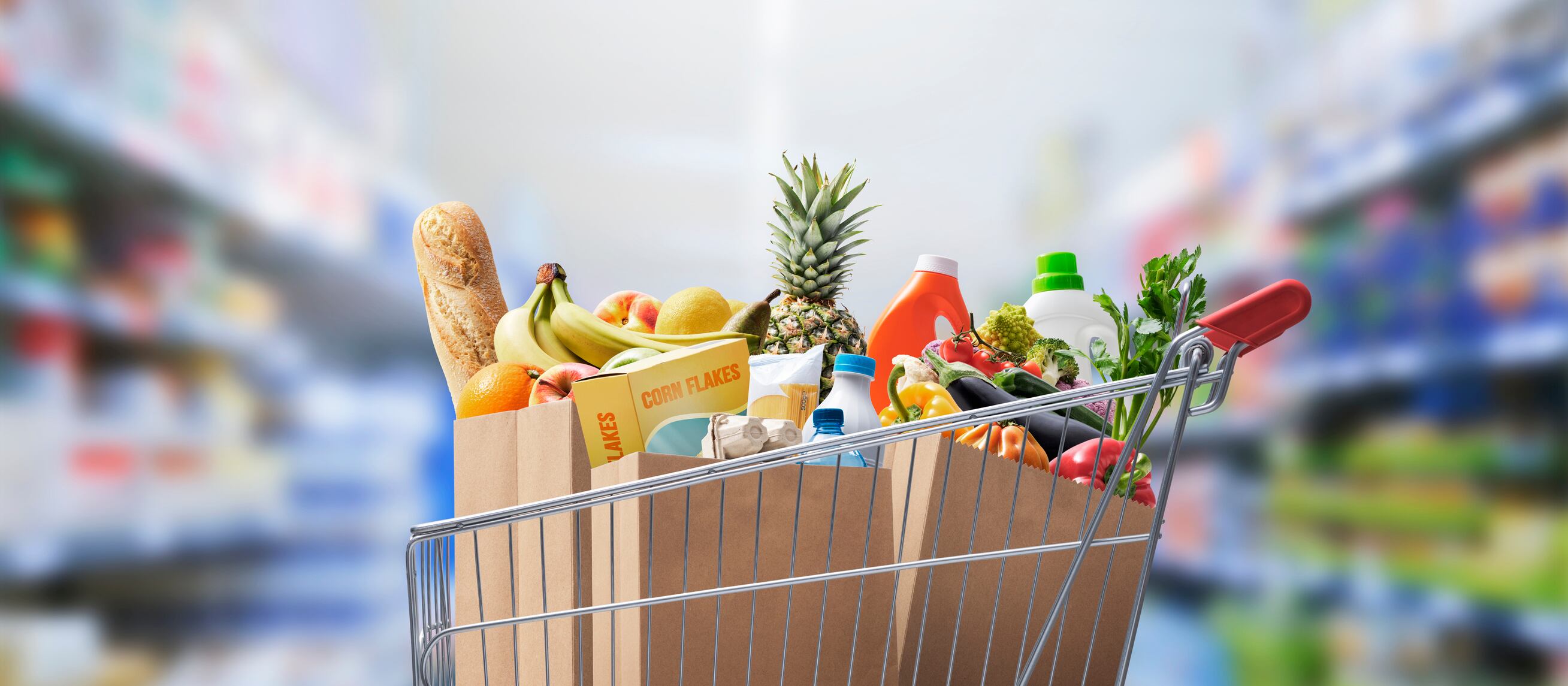Alternatively, if grocery retailers support current SNAP consumers “during especially hard times,” they will likely earn loyalty from a consumer group that “over time, [will] come to represent a sizeable portion of the grocery market” given most SNAP participants receive benefits for two years or less as they regain their financial footing, according to The SNAP Rollercoaster: A dunnhumby Special Report on Hunger published this week.
“By helping the SNAP customer of today through a time of painful change – through making fresh produce and ready-to-eat meals for them more affordable, increasing access to consumable food that will be discarded, decreasing their own employees’ food insecurity, and making the food insecure/ultra price sensitive segment a high priority for their business – retailers can build long-term loyalty with the sizeable current/former SNAP customer,” the report explains.
The immediate impact of SNAP cuts
Since the beginning of the pandemic, SNAP recipients have been on a “rollercoaster” as the amount of their benefits have gone up and down with emergency assistance, revisions in how benefits are calculated, the negative impact of inflation and ultimately, the end of emergency allotments from the government early this year, according to the dunnhumby report.
Thanks to pandemic-related emergency allotments that initially went into effect in April 2020 followed by a temporary increase in SNAP from the COVID-19 relief bill in May 2021, most recipients in the summer of 2021 saw a 99% increase in their benefits year-over-year. This slowly fell over the next year and a half until USDA revised the Thrifty Food Plan on which SNAP benefits are calculated so that recipients once again saw a 105% increase over 2019 in benefits. But as of March 2023, when emergency allotments ended, the amount most recipients received was once again cut dramatically – dropping on average from $439 per month in March 2022 to $342 in March 2023.
“While this benefits rollercoaster has technically left SNAP participants better off than pre-pandemic, when comparing the 42% increase in SNAP benefits to the 25% increase in food-at-home inflation during the same period, the emotional rollercoaster this took SNAP participants on does not have them feeling better,” according to dunnhumby.
The impact on grocery retailers
For retailers, the loss will not be as dramatic, but the Center of Budget and Policy Priorities projects every $1 change in SNAP benefits results in a 66-cent change in grocery sales as beneficiaries shift over household funds to and away from their food budget in response.
Some of this loss will manifest in lower basket rings from consumers trading down to less expensive private label options or pulling back on healthier items that also are more expensive.
“According to analysis done by CBPP, the types of products that experience the most growth among SNAP participants, when SNAP benefits are increased, are milk, poultry, fish, fruit and vegetables,” and when they are decreased funds that might have gone to of fresh produce, milk, chicken and fish shift instead to beef, pork and less expensive proteins, like beans, the report explains.
It also adds that when SNAP benefits decrease, consumers shift additional funds away from groceries and towards fast food, which is not covered by SNAP but perceived as less expensive and more convenient.
dunnhumby predicts a 7.5% increase in fast food sales from SNAP participants, accounting for $4b in lost grocery sales this year.
So, what can retailers do?
Given the dramatic short- and long-term ramifications of cuts in SNAP benefits on retailers, dunnhumby recommends grocers take action to protect consumers’ bottom line so that they can also protect their own.
“From a short-term financial point of view, grocery retailers have motivation not do things differently this year for the SNAP household,” and “from a longer-term financial point of view, the case for grocery retailers to respond to the change in SNAP benefits is even stronger” given those stores that act with “genuine … empathy” will create strong bonds of loyalty.
With this in mind, dunnhumby recommends retailers:
- Rething how they define a ‘loyal’ customer to include SNAP shoppers who may visit less frequently than higher income shoppers, but who also are less likely to shop multiple banners – preferring instead to do all their shopping at the same place,
- Target SNAP and lower income shoppers with more relevant offers, such as sales in frozen or less expensive proteins where they over-index,
- Make health and wellness product more accessible, as research suggests lower-income consumers want these products but cannot regularly afford them without significant help,
- Offer discounts to store employees with the knowledge that cashiers and food service workers are twice as likely as the general population to be on SNAP
- Channel would be wasted food to outlets used by the food insecure, and
- Prevent food waste by better matching supply with demand.




